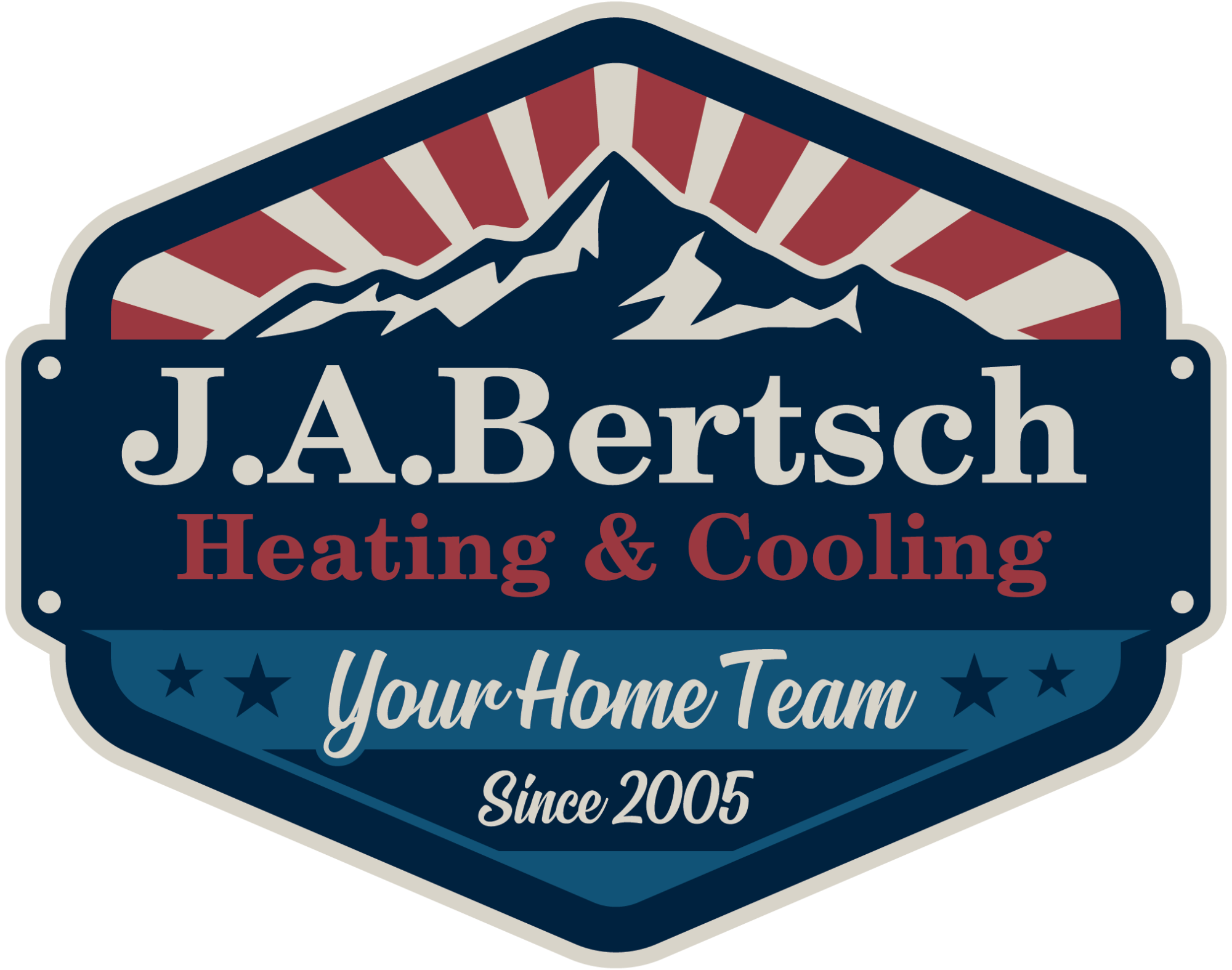How to Plan Outdoor Lighting
Outdoor lighting isn’t just about aesthetics—it’s about safety, functionality, and enhancing your home’s value. One common question homeowners ask is, “What is the rule of thumb for outdoor lighting?” Whether you’re planning to upgrade your entryway, illuminate your landscaping, or install lighting around a patio, understanding the basics will help you achieve the perfect balance between brightness and beauty.
Let’s walk through some general rules and professional insights from the team at J.A. Bertsch Heating, Cooling & Electrical, your trusted source for expert electrical services in Coeur d’Alene and surrounding areas.
What Is the Rule of Thumb for Outdoor Lighting?
The general rule of thumb for outdoor lighting is to space lights about 6 to 8 feet apart for pathways and 1/4 to 1/3 the height of your door for wall-mounted fixtures by the entrance. For landscape lighting, aim to highlight focal points like trees, architectural details, or water features with targeted beams rather than overwhelming brightness.
Here are a few lighting placement tips:
-
Path Lights: Keep them evenly spaced at about 6–8 feet apart to ensure safe, consistent illumination.
-
Porch Lights: Choose a fixture that’s about one-third the height of your door for a single fixture, or one-quarter if placing two lights on either side.
-
Spotlights & Floodlights: Use these to highlight trees, sculptures, or larger yard features. The goal is to accent, not overpower.
Not sure what your home needs? Our licensed electricians can help you choose and install the best lighting setup for your layout and style.
Common Outdoor Lighting Mistakes to Avoid
Even with a basic rule of thumb, there are a few pitfalls you’ll want to avoid:
-
Too much lighting: This can cause glare and actually reduce visibility at night.
-
Improper fixture placement: Mounting fixtures too high or low can create awkward shadows or uneven coverage.
-
Neglecting color temperature: Warm white (2700K–3000K) is ideal for outdoor residential lighting because it feels inviting without being too harsh.
The professionals at J.A. Bertsch Heating, Cooling & Electrical can assist with fixture selection, layout design, and energy-efficient upgrades.
Types of Outdoor Lighting You Might Consider
From energy-efficient LED lights to smart home lighting systems, there are many options available. Our team offers safe, code-compliant installation and ongoing electrical maintenance. Services include:
-
Lighting for decks and patios
-
Motion sensor lighting
-
Security lighting and floodlights
-
Whole-home surge protection
We serve homeowners in Sandpoint, Hayden, Post Falls, Rathdrum, Spirit Lake, and Athol, offering fast, reliable service and clear communication every step of the way.
Why Choose a Licensed Electrician?
While DIY lighting projects are popular, outdoor lighting involves working with buried wiring, weather-rated fixtures, and often new electrical circuits. Hiring a licensed electrician ensures your lighting not only looks good but meets all safety and building codes.
Call the Experts at J.A. Bertsch
If you’re planning to install or upgrade your outdoor lighting, trust the experienced electricians at J.A. Bertsch Heating, Cooling & Electrical to bring your vision to life. We offer custom lighting solutions designed to improve your home’s curb appeal and security, all backed by years of expertise.
FAQs
How do you calculate outdoor lighting requirements?
To calculate outdoor lighting requirements, consider the area’s square footage and the type of lighting being used. A general rule is to use 1.5 watts per square foot for adequate illumination. For example, for a 100-square-foot patio, you’ll need around 150 watts of light. Factors like the space’s function, brightness level, and fixture type all influence the final plan. This is especially important when planning LED outdoor lighting installation or upgrading security lighting systems.
What is the lighting thumb rule?
The lighting thumb rule for outdoor areas typically recommends placing fixtures every 6 to 8 feet for pathways and at least 10 feet apart for general landscape lighting. This ensures consistent light coverage without creating overly bright or dark spots. When designing residential outdoor lighting, this rule helps achieve both safety and aesthetics.
What is the proper height for outdoor lighting?
The proper height for outdoor wall lights or sconces is usually 66 to 72 inches from the ground to the center of the fixture. For pathway lights, keep them between 14 to 24 inches high to avoid glare while illuminating walkways. For porch lighting, mount fixtures slightly above eye level to avoid shadows and ensure clear visibility.
How many feet of lights do I need for my outside house?
To estimate how many feet of lights you need, measure the total perimeter or area to be lit. For string lights, multiply the length of the space by the number of desired passes or loops. For more structured lighting like spotlights or floodlights, consider the spacing rule (every 6 to 8 feet) and multiply that by the total length of your installation area.
How far apart should outdoor lights be spaced?
For walkways and driveways, outdoor lights should be spaced every 6 to 8 feet to ensure even coverage. For landscape and garden lights, spacing depends on the light spread and beam angle, but generally ranges from 8 to 10 feet apart. Proper spacing is key to avoiding dark patches and maintaining a balanced, professional look.
Need help designing the perfect outdoor lighting setup? Contact J.A. Bertsch Heating, Cooling & Electrical today for help with custom plans, safe installations, and energy-efficient lighting solutions.
